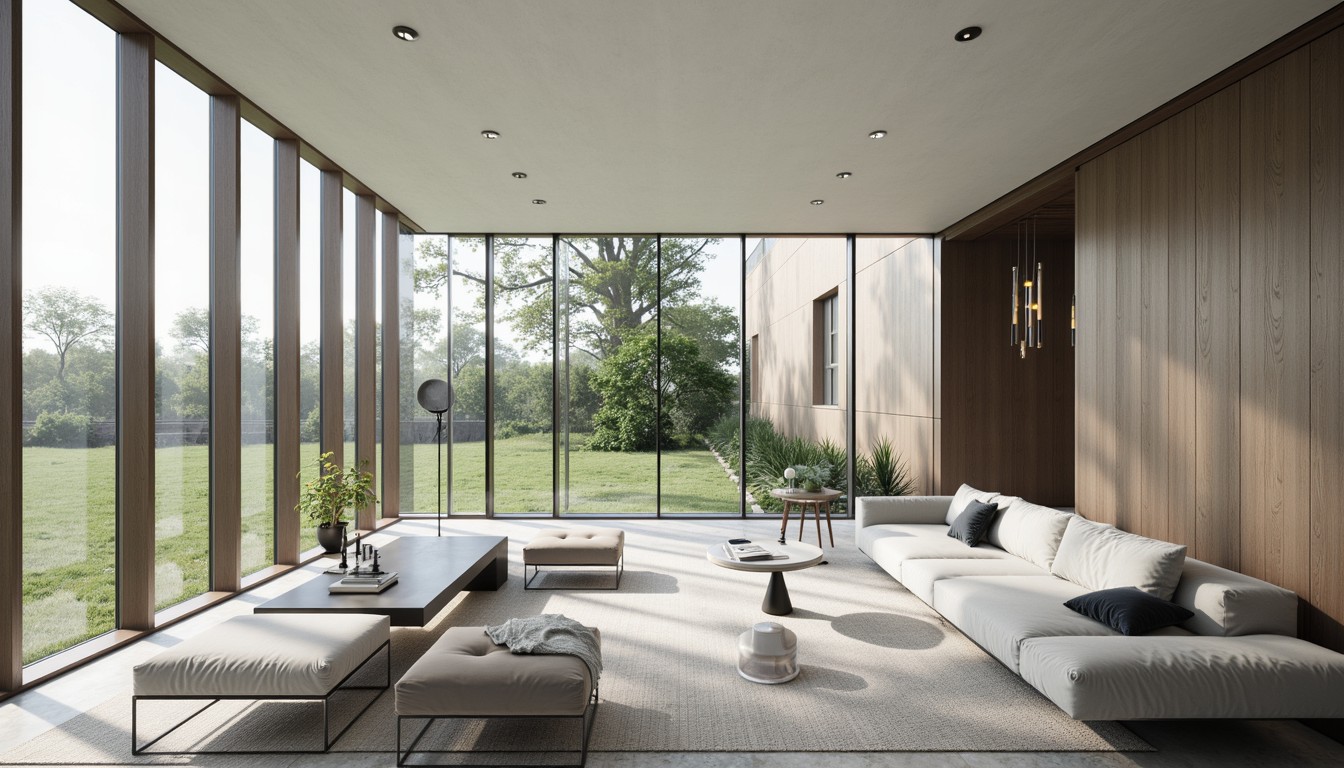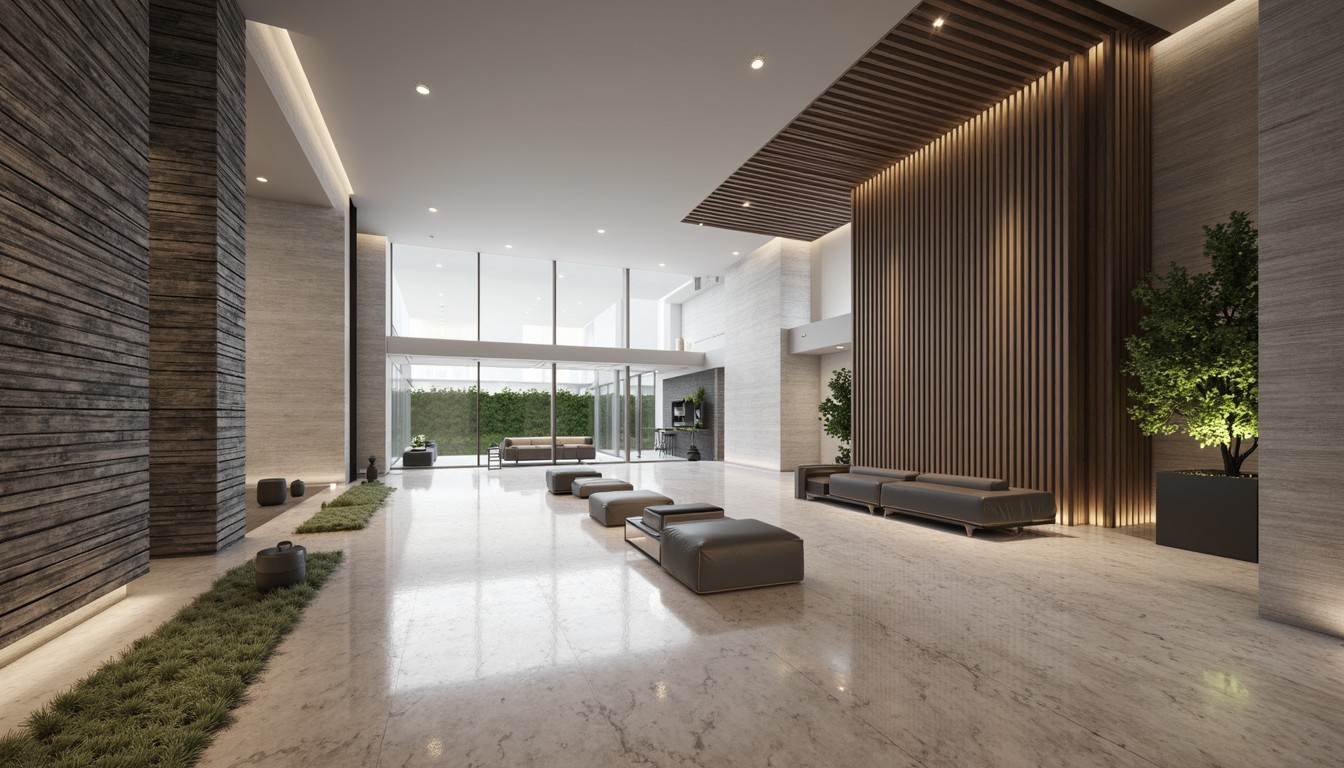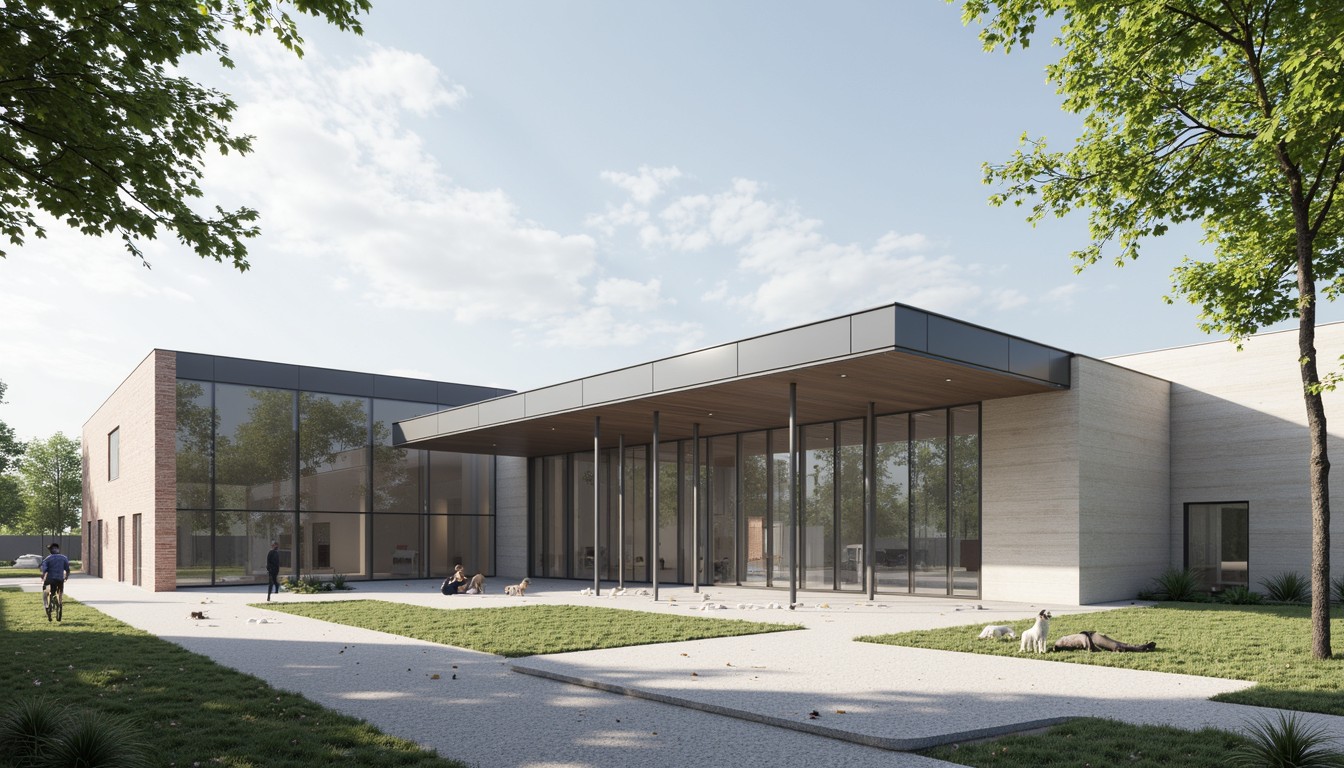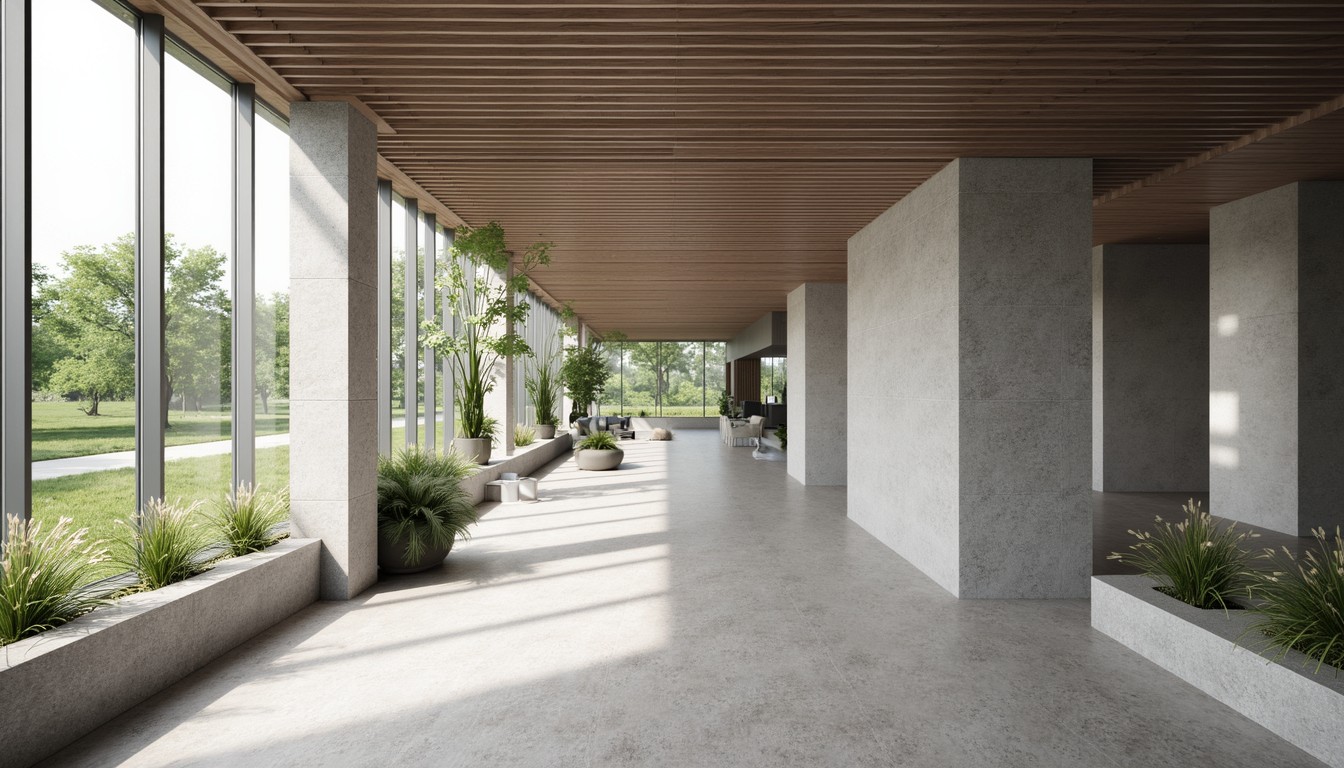Sustainable Architecture: Green Building Technologies
The built environment significantly contributes to global carbon emissions. As architects and designers, we have a crucial role to play in mitigating this impact. Sustainable architecture, encompassing a broad range of green building technologies, offers a pathway towards environmentally responsible and energy-efficient structures. This article explores some of the most impactful technologies shaping the future of sustainable design.
Energy Efficiency: The Cornerstone of Green Building

Energy efficiency is paramount in sustainable architecture. Reducing energy consumption through passive and active strategies is key to minimizing a building's environmental footprint. Passive strategies focus on site selection, building orientation, and design elements that minimize energy needs. This includes:
- Optimal Site Selection: Choosing a site that maximizes natural light and minimizes wind exposure can significantly reduce energy demands for heating and cooling.
- Building Orientation and Shading: Strategically orienting the building to take advantage of solar gain in winter and minimize solar heat gain in summer is crucial. Employing shading devices like overhangs and awnings further enhances energy efficiency.
- High-Performance Windows: Utilizing windows with low-E coatings, triple glazing, and airtight seals minimizes heat transfer, reducing the load on heating and cooling systems.
- Insulation and Air Sealing: Proper insulation in walls, roofs, and floors, coupled with airtight construction, dramatically reduces energy loss.
Active strategies involve the use of technologies to improve energy efficiency. These include:
- High-Efficiency HVAC Systems: Employing heat pumps, geothermal systems, and other advanced HVAC technologies significantly reduces energy consumption for heating and cooling.
- Renewable Energy Sources: Integrating solar panels, wind turbines, or other renewable energy sources generates on-site power, reducing reliance on the grid.
- Smart Building Technologies: Implementing smart building management systems optimizes energy usage based on occupancy and environmental conditions.
Sustainable Materials: Minimizing Environmental Impact

The selection of building materials significantly impacts a building's environmental footprint. Sustainable architecture prioritizes the use of materials with low embodied carbon, recycled content, and minimal environmental impact. Examples include:
- Recycled and Reclaimed Materials: Using recycled steel, reclaimed wood, and other recycled materials reduces the demand for virgin resources and minimizes waste.
- Bio-Based Materials: Materials derived from renewable resources, such as bamboo, hempcrete, and mycelium composites, offer sustainable alternatives to traditional materials.
- Locally Sourced Materials: Sourcing materials locally reduces transportation costs and emissions associated with material transport.
- Rapidly Renewable Materials: Materials that grow quickly and regenerate, such as bamboo and certain grasses, are increasingly used in construction.
Water Conservation: Efficient Water Management
Sustainable architecture incorporates strategies to minimize water consumption and manage water resources effectively. This includes:
- Water-Efficient Fixtures: Installing low-flow toilets, showerheads, and faucets significantly reduces water usage.
- Rainwater Harvesting: Collecting rainwater for irrigation and non-potable uses reduces reliance on municipal water supplies.
- Greywater Recycling: Recycling wastewater from showers and sinks for irrigation further conserves water.
- Xeriscaping: Employing drought-tolerant landscaping reduces the need for irrigation.
ArchNav's Role in Visualizing Sustainable Architecture

ArchNav plays a crucial role in visualizing and communicating the benefits of sustainable architecture. Our cutting-edge architectural visualization services allow architects and designers to showcase the design features and environmental performance of green buildings. We create high-quality renderings, animations, and virtual reality experiences that effectively communicate the design's sustainable aspects to clients, stakeholders, and the public. Our expertise in visualizing sustainable technologies, such as solar panels, green roofs, and rainwater harvesting systems, helps clients understand the design's environmental performance and make informed decisions.
Conclusion
Sustainable architecture is not merely a trend; it's a necessity. By integrating green building technologies and employing sustainable design principles, we can create buildings that are environmentally responsible, energy-efficient, and contribute to a healthier planet. ArchNav's commitment to showcasing sustainable design through innovative visualization techniques empowers architects and designers to build a more sustainable future. Contact us today to learn how we can help you visualize your next sustainable project.
